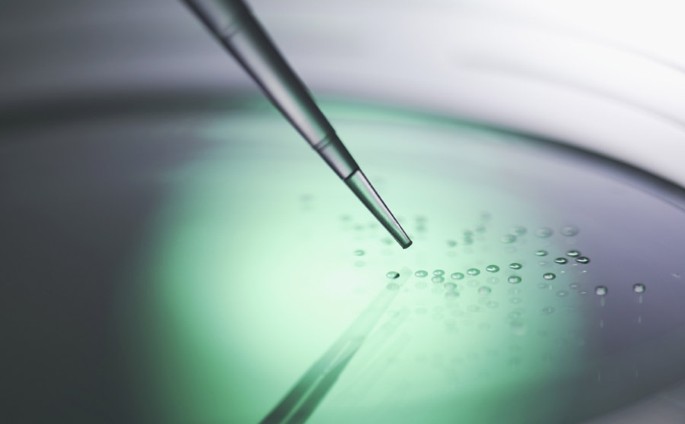Play all audios:
Patient-specific cells could be made without genetic manipulation. Access through your institution Buy or subscribe This is a preview of subscription content, access via your institution
ACCESS OPTIONS Access through your institution Subscribe to this journal Receive 51 print issues and online access $199.00 per year only $3.90 per issue Learn more Buy this article *
Purchase on SpringerLink * Instant access to full article PDF Buy now Prices may be subject to local taxes which are calculated during checkout ADDITIONAL ACCESS OPTIONS: * Log in * Learn
about institutional subscriptions * Read our FAQs * Contact customer support REFERENCES * Hou, P. et al. _Science_ http://dx.doi.org/10.1126/science.1239278 (2013). * Zhu, S. et al. _Cell
Stem Cell_ 7, 651–655 (2010). Article CAS Google Scholar * Li, Y. et al. _Cell Res._ 21, 196–204 (2011). Article ADS CAS Google Scholar * Neff, A. W., King, M. W. & Mescher, A. L.
_Dev. Dynam._ 240, 979–989 (2011). Article CAS Google Scholar Download references Authors * David Cyranoski View author publications You can also search for this author inPubMed Google
Scholar RELATED LINKS RELATED LINKS RELATED LINKS IN NATURE RESEARCH Stem cells cruise to clinic 2013-Feb-27 Safety of induced stem cells gets a boost 2013-Jan-09 Cell rewind wins medicine
Nobel 2012-Oct-08 Stem-cell pioneer banks on future therapies 2012-Aug-07 Stem cells: The growing pains of pluripotency 2011-May-18 Stem cells: 5 things to know before jumping on the iPS
bandwagon 2008-Mar-26 Web focus: iPS cells RELATED EXTERNAL LINKS Hongkui Deng RIGHTS AND PERMISSIONS Reprints and permissions ABOUT THIS ARTICLE CITE THIS ARTICLE Cyranoski, D. Stem cells
reprogrammed using chemicals alone. _Nature_ (2013). https://doi.org/10.1038/nature.2013.13416 Download citation * Published: 18 July 2013 * DOI: https://doi.org/10.1038/nature.2013.13416
SHARE THIS ARTICLE Anyone you share the following link with will be able to read this content: Get shareable link Sorry, a shareable link is not currently available for this article. Copy to
clipboard Provided by the Springer Nature SharedIt content-sharing initiative

